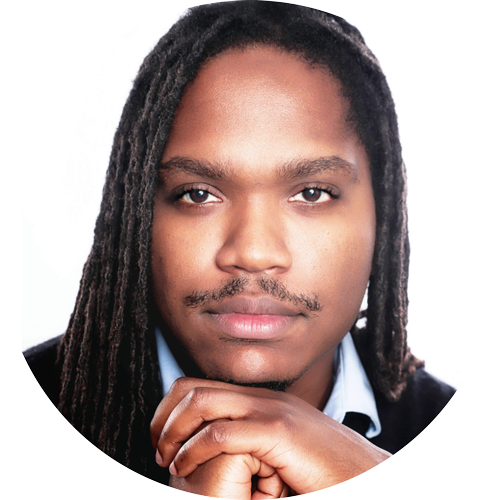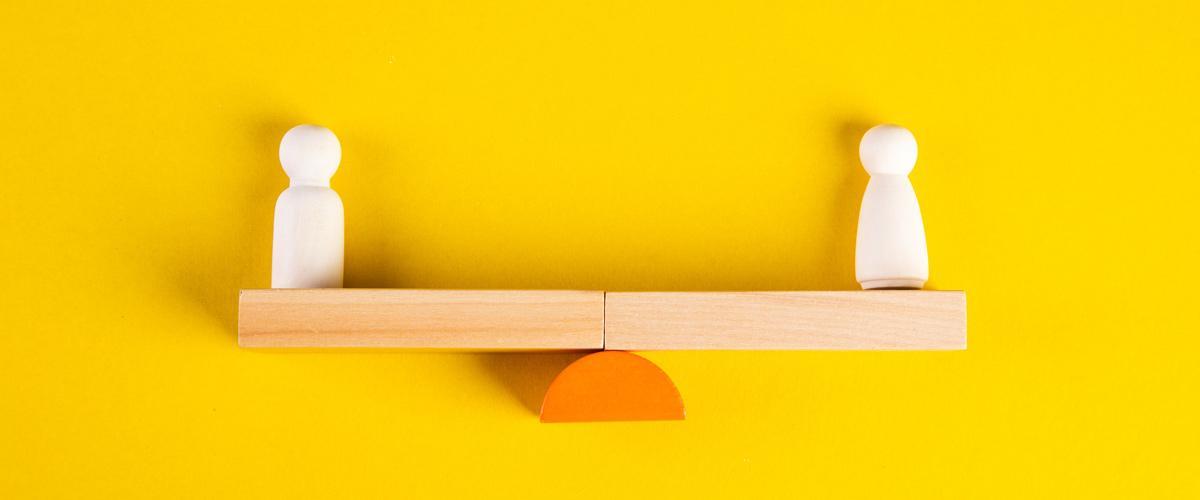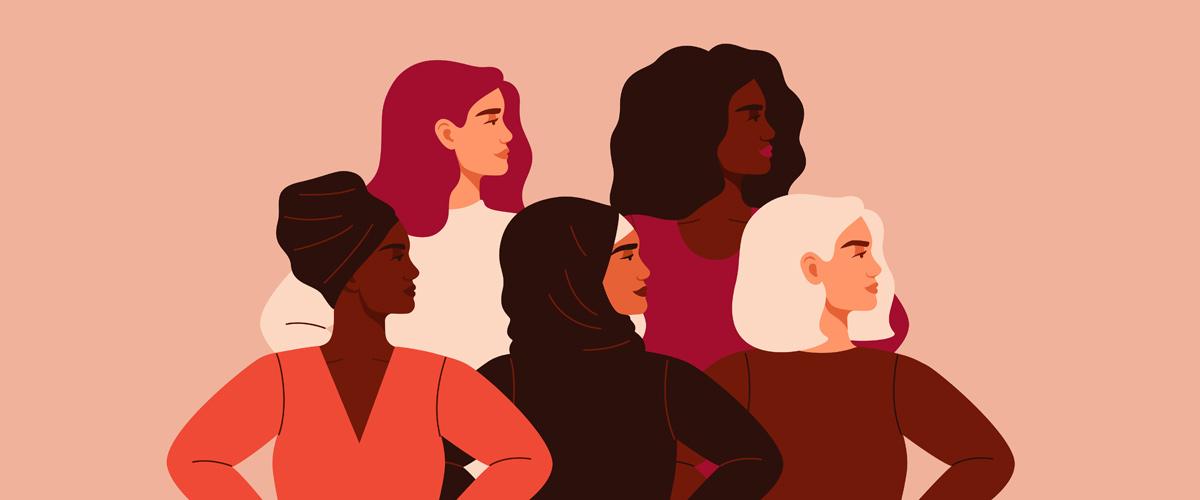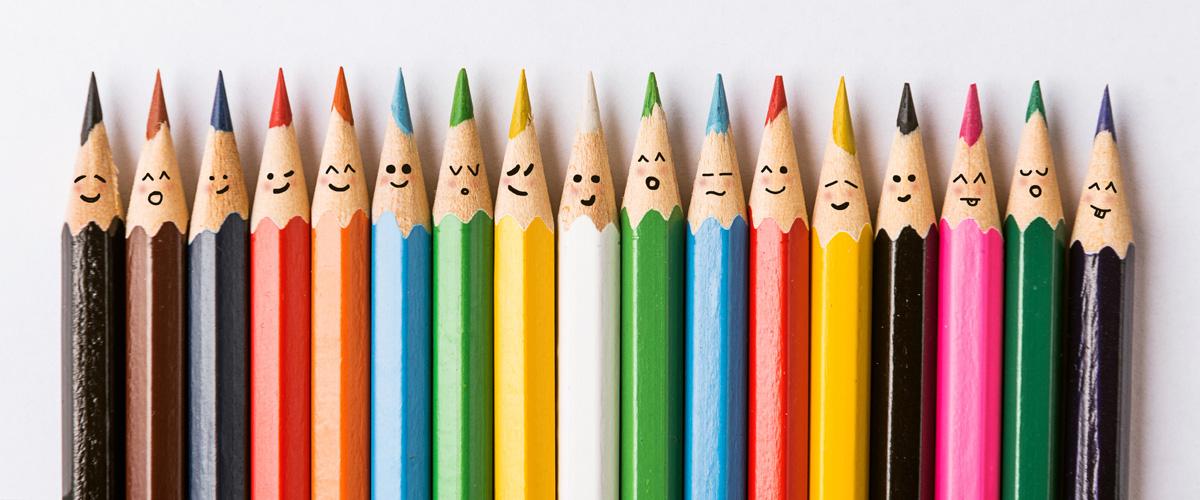Let’s start at the beginning. Gender inequality exists. This is one of the reasons the United Nations Sustainable Development Goals (SDGs) includes a goal dedicated to achieving gender equality.
Making decisions based on observed, perceived and/or socially constructed differences amongst genders tends to prevent a fair and equal result. This includes ideas on who has access to certain resources or rights, or is eligible for created opportunities or freedoms. This can take many forms (e.g. sexism, harassment, pay gaps etc.) and is possible in any space where people interact and have relationships—at home or work, for example. It is all about power and some genders are more vulnerable compared with others.
When this happens, we create and/or widen gender gaps or statistical disparities amongst differently gendered people. As Eurofound outlines in ‘Working conditions and sustainable work - Gender equality at work’, gender inequality results in adverse realities. For example, less women are in top-tier leadership positions but more women are exposed to emotional demands; or more men are working in physically demanding/harmful environments but still with better pay than women who do the same work.
By recognising there are issues, we can begin to look into ways to remedy the situation, one space at a time. Here are three ways we can normalise gender equality in the workplace as individuals and via the organisation itself.
As individuals:
- Listen and reflect – Everyone has biases and is susceptible to furthering stereotypes. These don’t stay at home. They go everywhere with us and affect our interactions. It is important for everyone to acknowledge this and the harm of biases and stereotypes. We should ask questions that open a conversation and expose us to other perspectives. Those perspectives give us an opportunity to reflect, adjust and be part of the solution.
- Speak up – The basic principle is, regardless of gender or station, if you see something, say something. One way to be ready to help is to learn the signs of various forms of abuse that women (see UN Women) and other-gendered people (see European Union Agency for Fundamental Rights) tend to experience at disproportionate rates globally.
- Become an ally – This requires understanding some inherent privileges afforded to you because you are not a woman, are cisgendered (your personal and gender identities align with your sex) and/or identify as heterosexual. You can use that privilege to help (other) women and other-gendered and non-heterosexual people to address structural inequalities in the workplace.
As an organisation:
- Provide gender-related training – This promotes gender mainstreaming, which means accounting for the impact of policies and practices on people of different genders. According to the European Institute for Gender Equality, this targeted training can help overcome issues faced at the individual, institutional and societal levels. This means helping people recognise gender equalities and associated consequences, facilitating decisions that are more inclusive, resulting in informed policies, and reducing the number of people contributing to the issue.
- Create an open/safe environment – Simply put, the workspace should be free of discriminatory practices, promote the visibility of the diversity that (should) exist and be conducive to free and responsible sharing of ideas.
- Have a framework against gender-related infractions – This means having an internal system in place that is enforced by policies against all forms of gender inequalities, whether violent or non-violent, individual or institutional. It should be fair and transparent. For example, it would be useful to have an overseeing committee that is representative of (and, if possible, independent of) the workplace demographics. Provisions like the ‘EU gender equality acquis’, which speaks to related treaty provisions, legislation and European Court of Justice (ECJ) gender equality case law, is a good starting point.
As you enact these, bear in mind that gender does not exist in isolation and there is more to every person. That is to say, it is important to recognise the ways gender intersects with other identity markers, like sexual orientation, age, class, ethnicity, immigration status, race, religion and so on.


Yohan Lee
English Copy Editor and Copy Writer, Medline Europe
Yohan is a Jamaican expat based in the Netherlands. Writing is ‘One Love’ that he explores through general business copywriting, and poetry. His educational background is in journalism, gender and development, and media and globalisation. Learn more on LinkedIn.



